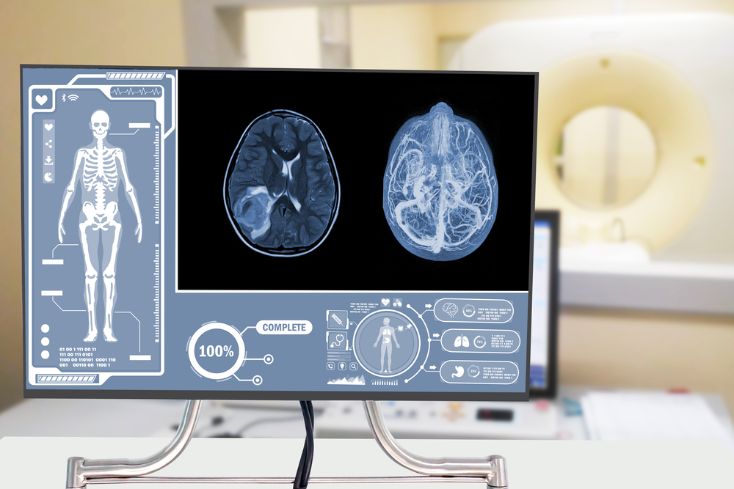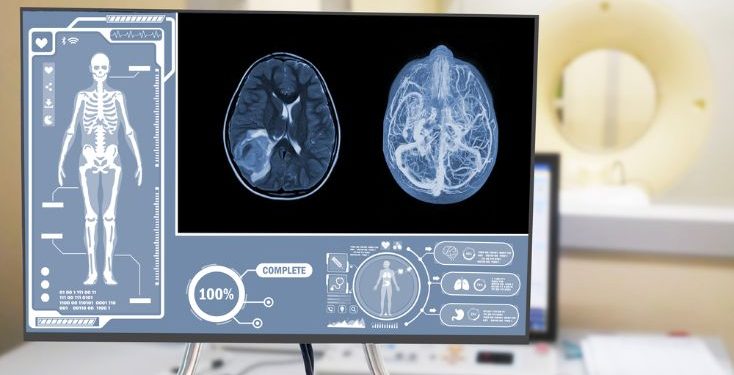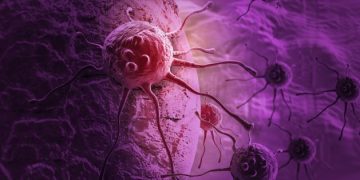Gliomas are a group of brain tumors that develop from glial cells. These are the supportive cells in the brain and spinal cord that help nerves conduct messages. Gliomas can be either benign or malignant (cancerous).
There are several types of glioma. The type determines how fast the cancer grows and what symptoms you may have. The more quickly a glioma grows, the greater the risk of it spreading beyond the area where it began. When a glioma spreads, it can cause other health problems and reduce your quality of life.
Many doctors treat a glioma with surgery, radiation, and chemotherapy. They also use anti-seizure drugs to prevent or control seizures.
Your doctor will ask you about your symptoms and perform a physical exam. They will then order a CT or MRI scan of your brain. These tests will show the size and location of your glioma, as well as other information that helps confirm the diagnosis.
You might have a biopsy, in which a small sample of your tumor is removed for further testing. This will allow your doctor to know for sure what kind of glioma you have and which treatments will work best for you.
For most people, the first treatment is surgery to remove the tumor. This is done by a neurosurgeon through an opening in the skull called a craniotomy. The surgeon will remove as much of the glioma as possible without damaging critical parts of the brain. If the glioma is near these areas, your doctor may recommend radiation or chemotherapy instead.

The type of glioma and your symptoms will determine whether you need radiation or chemotherapy after surgery. If your glioma is in a critical area of the brain, your doctor might give you radiation immediately after surgery to kill any tumor cells that were not removed. For other types of gliomas, your doctor might decide to wait and see how you do after surgery before giving you radiation.
Chemotherapy is a group of medicines that kill cancer cells and stop them from growing. These are sometimes given through a vein (IV) or directly into the cerebrospinal fluid around your brain. It is usually used for faster-growing gliomas.
Targeted therapy uses medicines that target specific parts of cancer cells, limiting their ability to grow. They are often given with chemotherapy or radiation and can be given by mouth, IV, or directly into the fluid around your brain through a shunt.
A brain shunt can help control swelling and fluid buildup that can cause problems with vision, balance and movement, as well as pain and vomiting. It can also help relieve pressure from a brain tumor. For some people, a shunt is the only option to improve their quality of life. For others, other treatments might be helpful to ease symptoms or control the onset of new ones. This is known as palliative care.









